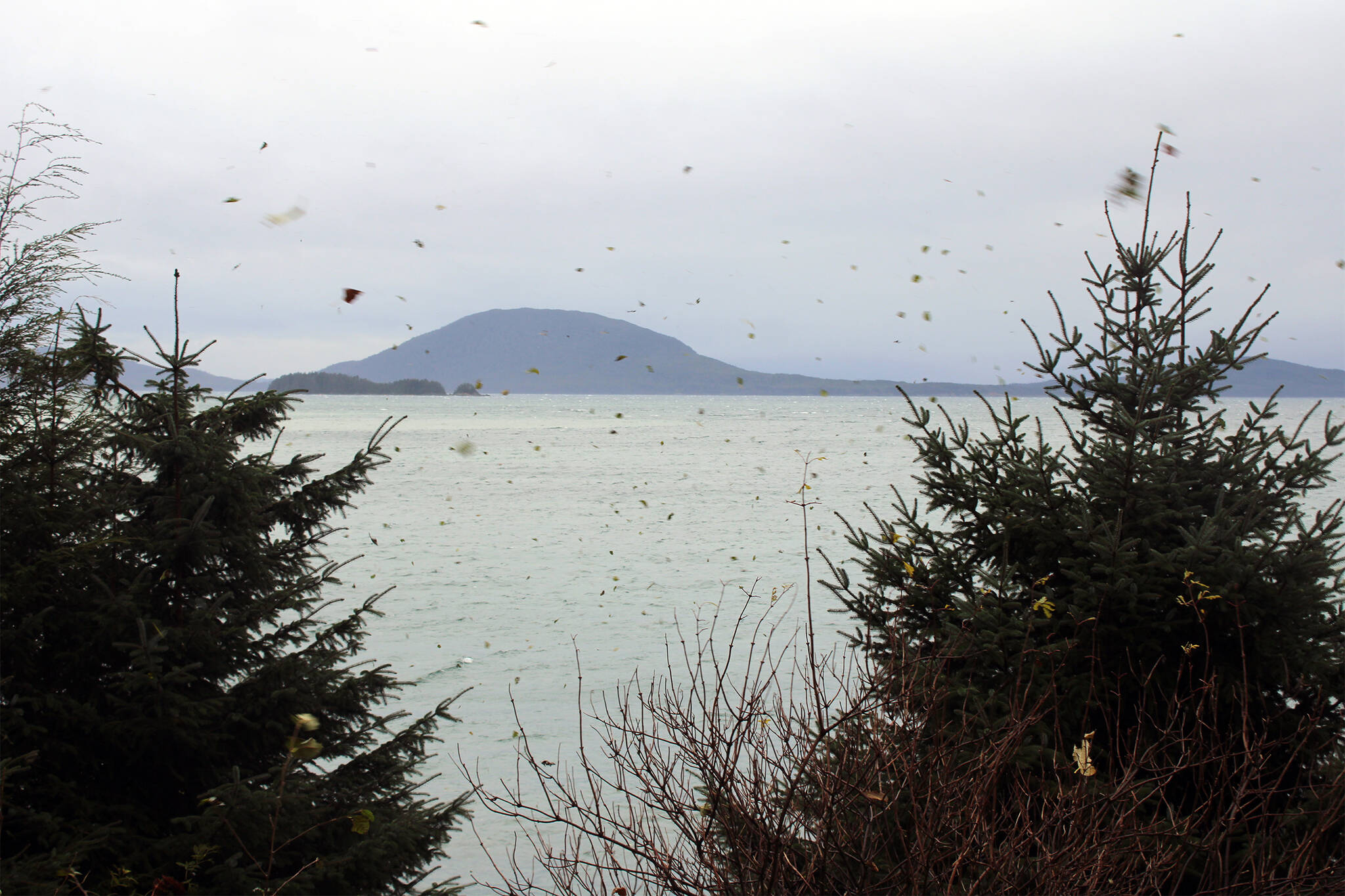On Thursday, the National Oceanic and Atmospheric Administration Climate Prediction Center released its winter outlook and predicted a second winter with a La Nina climate.
Closer to home, Caleb Cravens, a meteorologist with the National Weather Service in the Juneau office, said that the La Nina phenomenon will likely affect Southeast Alaska—but it’s too soon to tell exactly what that means for the months ahead.
Cravens said that colder water temperatures forming around the equator in the Pacific Ocean lead to La Nina conditions.
La Nina forces generally bring cooler winter temperatures to Southeast Alaska, he said.
In addition, La Nina often brings more precipitation to the area. But, Cravens said that the official predictions model shows “equal chances” for precipitation this winter.
[Plane crashes at Juneau International Airport]
A repeat?
Cravens recalled last winter, which also featured a La Nina weather pattern, and said this winter could be similar.
Last winter featured almost record cold temperatures and record amounts of snowfall in parts of the panhandle.
He said that a firmer view of winter will come together in January and that this outlook is preliminary.
In the short term, Cravens said next week looks dry with clearing skies. He noted that combination leads to cooler temperatures overnight.
“Our first snow is on average the first week of November,” he said, adding that sometimes sea-level snow starts to fly in late October.
As of Friday morning, Eaglecrest is reporting 4 feet of snow, Cravens said.
[Public Market returns with mitigation measures in place]
He said that’s “promising” for skiers but cautioned against making too many predictions about the ski season.
Heavy snows that accumulated early last fall melted before the ski season started as storms brought warmer air to the area in late fall.
“We can get these cold spells followed by warm spells,” he said. “It all depends on whether the storms come from the tropics and warm us up or if they come from the Bering Sea.”
• Contact reporter Dana Zigmund at dana.zigmund@juneauempire.com or 907-308-4891.

